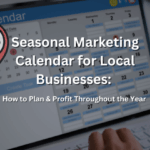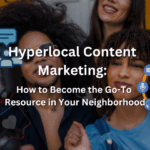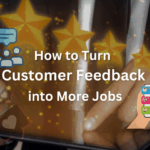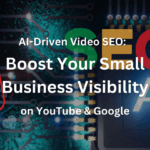Many people think when it comes content on web pages (not the website itself, but the content on the page) that beauty and style sells, the more attractive/interesting you make the presentation the more likely people will be sold. This is not the case. The only thing aesthetics will do for you is paint a picture of professionalism. This is an important factor but it is not the ‘deal breaker’ by any means and it alone will not sell.
What is the ‘deal breaker’ you ask? It is the quality of the text you have written, and the way it is presented. Let’s discuss the key points.
Headings
Headings are terribly important in the presentation of your content. Your page must have a large overall heading and then subsequent subtitle headings for each group of paragraphs (or for each individual paragraph). Your page heading must be considerably large (between 25-35 pixels), concise and penetrating. Don’t be banal and follow the masses with their headings: “products”, “service X”, “product name X”.
The heading is the one element on your page, which will hook your customer, nothing else. Not style, images, fonts or colors. The reason quite obviously is that the header is the one thing that communicates your message to the viewer clearly. Fonts, colors, styles and images don’t communicate anything, and people always read headers before they read the underlying block of text, therefore it is the header. This is not news by the way, for webmasters who use Google Adsense, as text-based ads typically do better than image based ads.
Web visitors are fickle and flighty, viewing your page for only a fraction and then judging whether or not the page is worth reading. If there is nothing to direct their attention and control them then you will loose them. Therefore you must hit them straight up with your message, clear, concise, penetrating and NOT banal.
But how do I make a clear, concise, penetrating and non-banal heading?
This involves surveying, testing, cleverness and persistence. First you must start with a survey. This can be done online or in person at your store. Your questions need to find various things:
1) Why your customer needs/wants your product/service (perceived needs)
2) What will happen if your customer doesn’t/can’t have your product/service (consequences)
3) What would or does keep them from having the product/services (barriers)
4) What would having this product/service enable them to be/do/have (perceived benefits)
By doing a survey on those items you will then have the data necessary to be able to penetrate with your heading and communicate directly to the customer with things that are real to him. After you do your survey and tabulate the data you then of course use your creativity to make headings and text, which fit around the most popular survey responses. The next step is to follow that up with testing, testing and more testing, to see what works best. Testing is a continual process. This applies to, not only web pages, but flyers, ads and other related mediums.






